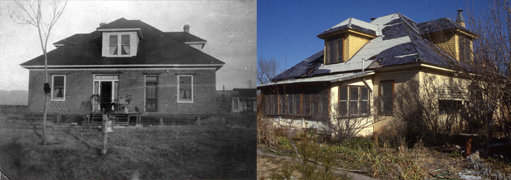103-Year-Old University-Area House Faces Demo
A 103-Year-Old University Heights Landmark Faces Demolition


The Werner-Gilchrist house in 1908
Courtesy of the City of Albuquerque

The house as it stands today on the corner of Cornell and Silver
Chris Wilson




